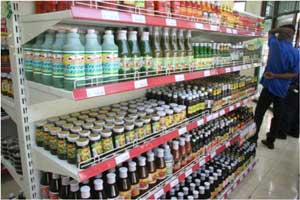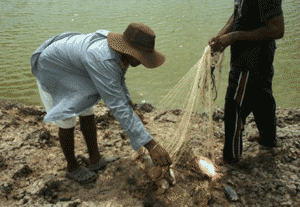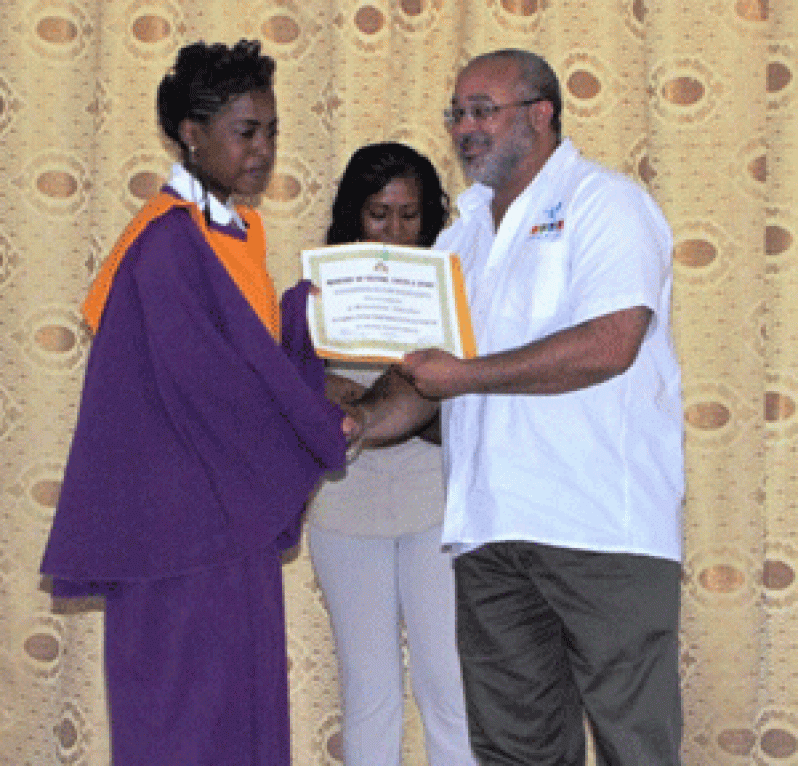GUYANA is among 17 countries that have been recognised by the United Nations Food and Agriculture Organisation (FAO) for achieving the target of curtailing hunger and improving nutrition.
 President Donald Ramotar made the announcement on the occasion of World Environment Day
President Donald Ramotar made the announcement on the occasion of World Environment Day
According to the President, Guyana is one of 17 countries out of 189 countries that are being recognised by the FAO which works on not only achieving the Millennium Development Goal as far as cutting hunger is concerned, but only one of 17 countries that have actually improved nutrition.
No small accomplishment
The announcement was made in light of startling figures whereby about one – third of global food production either being lost or wasted amounting to about one billion tonnes of food yearly even as people, particularly children, the world over are starving.
At the launch of the Hungry Free Initiative in July of 2012 it was reported that 52.5 million people in the Caribbean and Latin America are still undernourished and there was grave concern about the lack of immediacy in addressing the issue.
For Guyana’s accomplishment, it will receive an award at a ceremony in Italy, Rome later this month.
For Guyana it is a reflection of a country staying on target with the requirements to improve the quality of life for its citizens and probably a model to the rest of the world.
“There must be something we are doing right to have achieved this.” President Ramotar.
How did Guyana reach to this point? There are numerous examples that can point to what Guyana is doing right. One is the ongoing efforts to expand food production to ensure supply adequacy and price affordability.
There are numerous examples that can point to what Guyana is doing right. One is the ongoing efforts to expand food production to ensure supply adequacy and price affordability.
This year $500M has been allocated in the national budget for the establishment of a farmer’s fertiliser and planting material facility which will boost and strengthen food production and reinvigorate the Grow More Food campaign. The campaign taken across the country has motivated farmers as they are benefiting from free distribution of seeds, other planting materials, breeding animals and feed. Rural farmers, agro investors, processors, exporters and all those involved in the value chain have benefitted from these investments
of a farmer’s fertiliser and planting material facility which will boost and strengthen food production and reinvigorate the Grow More Food campaign. The campaign taken across the country has motivated farmers as they are benefiting from free distribution of seeds, other planting materials, breeding animals and feed. Rural farmers, agro investors, processors, exporters and all those involved in the value chain have benefitted from these investments
Of course the leasing of agricultural, residential and commercial lands to Region Five (Mahaica/Berbice) by the Mahaica/Mahaicony/ Abary Agricultural Development Authority ((M/M/AADA) based on the farmers’ commitment to cultivate cannot be ignored.
Jagdeo Initiative
T he answer can also be found in the Jagdeo Initiative on agriculture and its suite of recommendations to address constraints to reposition and develop the agriculture sector in the Caribbean Community (CARICOM)
he answer can also be found in the Jagdeo Initiative on agriculture and its suite of recommendations to address constraints to reposition and develop the agriculture sector in the Caribbean Community (CARICOM)
The Jagdeo Initiative was so revolutionary that CARICOM) Heads of Government faced with rising costs of food and fuel throughout the region during the 2007 to 2008 period, accepted it as somewhat of a blueprint.
Diversification
With enough resources to secure food for the nation and the potential to be the breadbasket of the Caribbean, the government has focused attention on diversification, paying attention to livestock such as the genetic pool of cattle, fisheries, (developing large-scale, commercial, export oriented tilapia farms), and encouragement of rural enterprises.
Infrastructural investments in agriculture have seen the genetic bank and the artificial insemination laboratory, rehabilitation works at the breeding station at Mon Repos, and construction works at the quarantine checkpoints at St. Ignatius and Mabura.
W ith its vast arable lands as in the Rupununi Savannahs, a major project was undertaken to cultivate rice in 2010 while a landmark private sector investment has paved the way for 30,000 acres of integrated farming at Santa Fe, Region 9 (Upper Takutu/Upper Essequibo).
ith its vast arable lands as in the Rupununi Savannahs, a major project was undertaken to cultivate rice in 2010 while a landmark private sector investment has paved the way for 30,000 acres of integrated farming at Santa Fe, Region 9 (Upper Takutu/Upper Essequibo).
Production and cultivation of rice, soya beans and cow peas, cattle, sheep and goat rearing, fruits and large scale aquaculture will all be undertaken in this project, targeting export markets in countrie s such as neighbouring Brazil.
s such as neighbouring Brazil.
Improving Drainage and Irrigation
The importance of effective drainage and irrigation for a prosperous agriculture sector cannot be ignored, especially considering the negative consequences of flooding which has become more frequent and intense due to the climate change phenomenon.
Government’s expenditure in drainage and irrigation systems across the country has over the years amounted to billions with new structures at Hope/Douchfour, and supporting equipment such as excavators and pontoons to maintain drains, canals, structures, pump stations, and sluices. Efforts will continue this year with priorities going to rehabilitation of pump stations in various regions of the country, the completion of the Northern Relief Channel at Hope, East Coast Demerara and a feasibility study of the East Demerara Water Conservancy Dam.
Efforts will continue this year with priorities going to rehabilitation of pump stations in various regions of the country, the completion of the Northern Relief Channel at Hope, East Coast Demerara and a feasibility study of the East Demerara Water Conservancy Dam.
The agriculture sector that contributes 30 percent of Gross Domestic Product (GDP), annually is still a priority even in the face of a harsh and changing environment and a sugar industry that has presented challenges.



.jpg)








